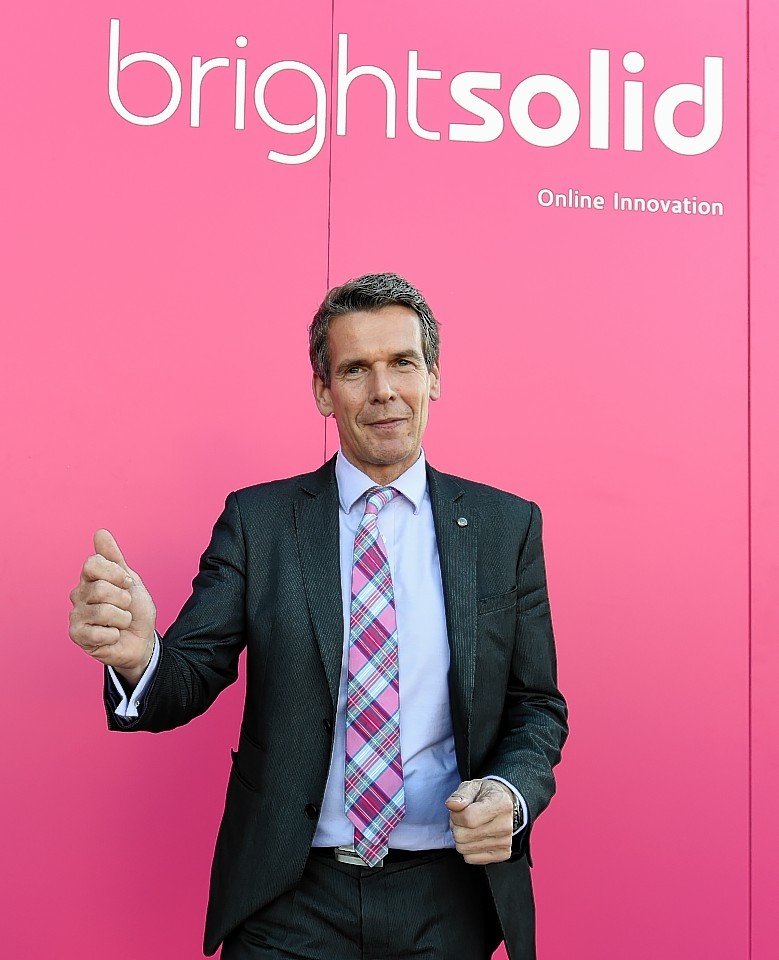I was asked recently what worries me about the IT industry and the services that we take for granted.
The answer was a great deal and things must change and the good news is that they are.
But sometimes when we see something in the day to day, for example the failure of the Westminster governments system to handle voter registrations for the forthcoming EU Referendum – two hours before the midnight deadline the system “experienced problems” with volumes of 50,000 fellow citizens, of whom over 20,000 were still trying to register after midnight. The outcome was not a disaster the deadline to register could be and was extended.
But it doesn’t inspire my confidence, such a relatively small number or users, filling in a relatively simple number of questions should not cause a malfunction. What concerns me is that the solutions are and have been available for years to this type of challenge and more importantly our “computers” have got to become a whole lot more reliable and secure.
We are moving to a world of digital, we are all aware of this, what is changing is that today much of our digital world is entertainment but in many ways it is already crucial, for example when a bank cannot provide cash for three days has happened last year. The change is that in the near future it will be critical to our lives.
So these sorts of failures will not do in a world dominated by the, so called, Internet of Things – in the future a lack of reliability would go way beyond not being able to get our cash out of the bank for a couple of days.
To get a feel for this I would commend having a look at how robotic technology has developed – go on a browser and search for: “Atlas program Robots” and be prepared to be stunned by what robots can do today. Then consider the fact that much of what they do is achieved by their learning, put simply when they are made they can stand, but they learn and refine and improve using Artificial Intelligence that works.
Now a few months ago I would have thought this was all science fiction, but as we know the movies inspire some scientist to think: “I could do that…”
In my more mundane daily life of datacentres and associated clouds we deal with the threats today, but this digital future is a great challenge and one that we are preparing for an operating to today – to ensure that within five years we will operate to 100%, meaning we can never fail. This is essential If we are to achieve a wonderfully “augmented” world where you can envisage for example: a robot supporting you living your life in your own home in your later years. To enable this vision we need to be certain about at least a couple of things: that if it needs to reboot on the way upstairs, as it carries you to the bath, the link to and commands from the local datacentre had better work, and so should the temperature sensors in the aforementioned bath that “I-Robot” is about to put me into!
The potential for our dignity in older age is just one benefit of what is coming, but everyone in our industry needs to be redoubling efforts to ensure we do not trip up the Robots, because they are coming.
Richard Higgs: the robots are coming










